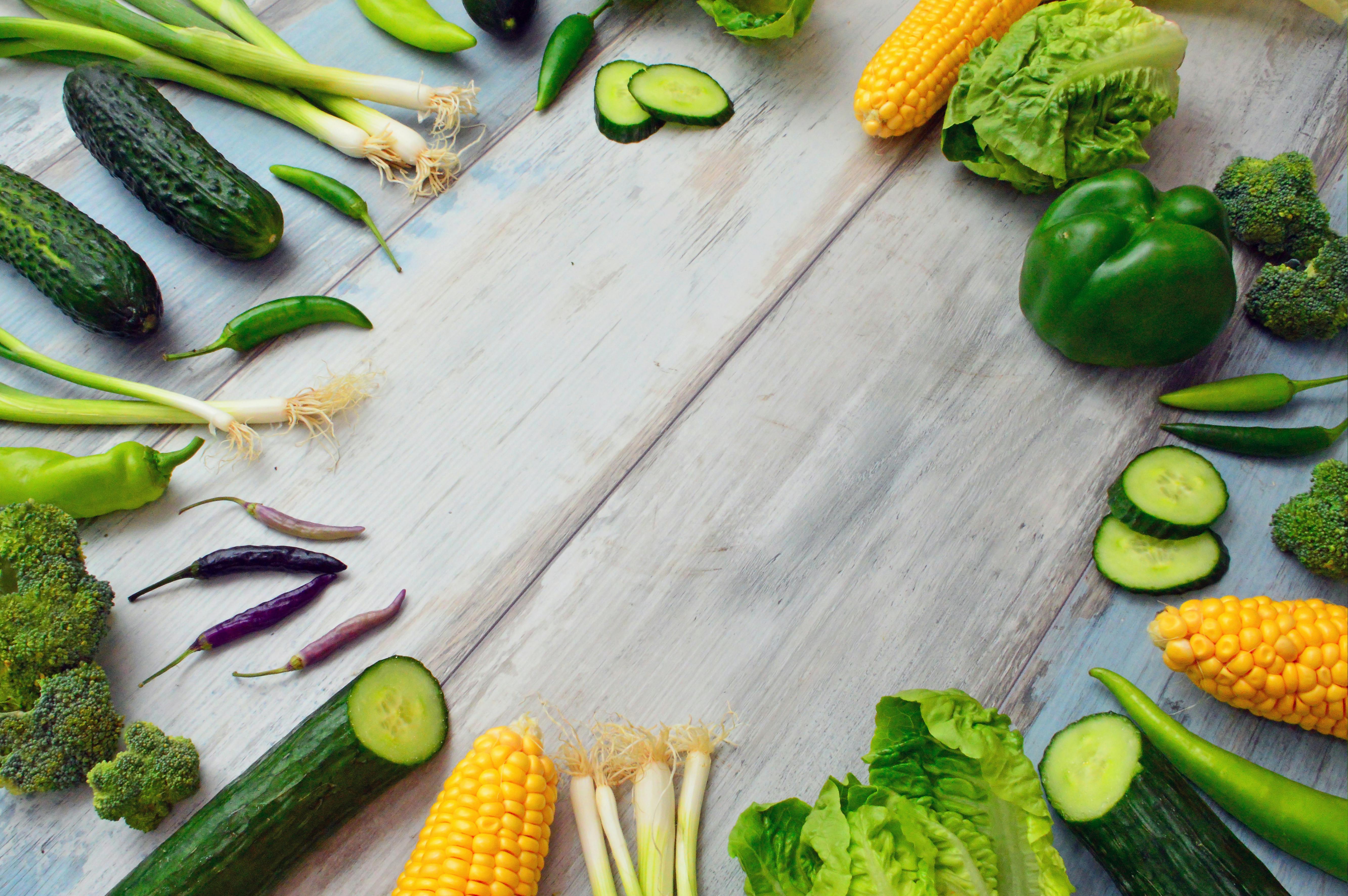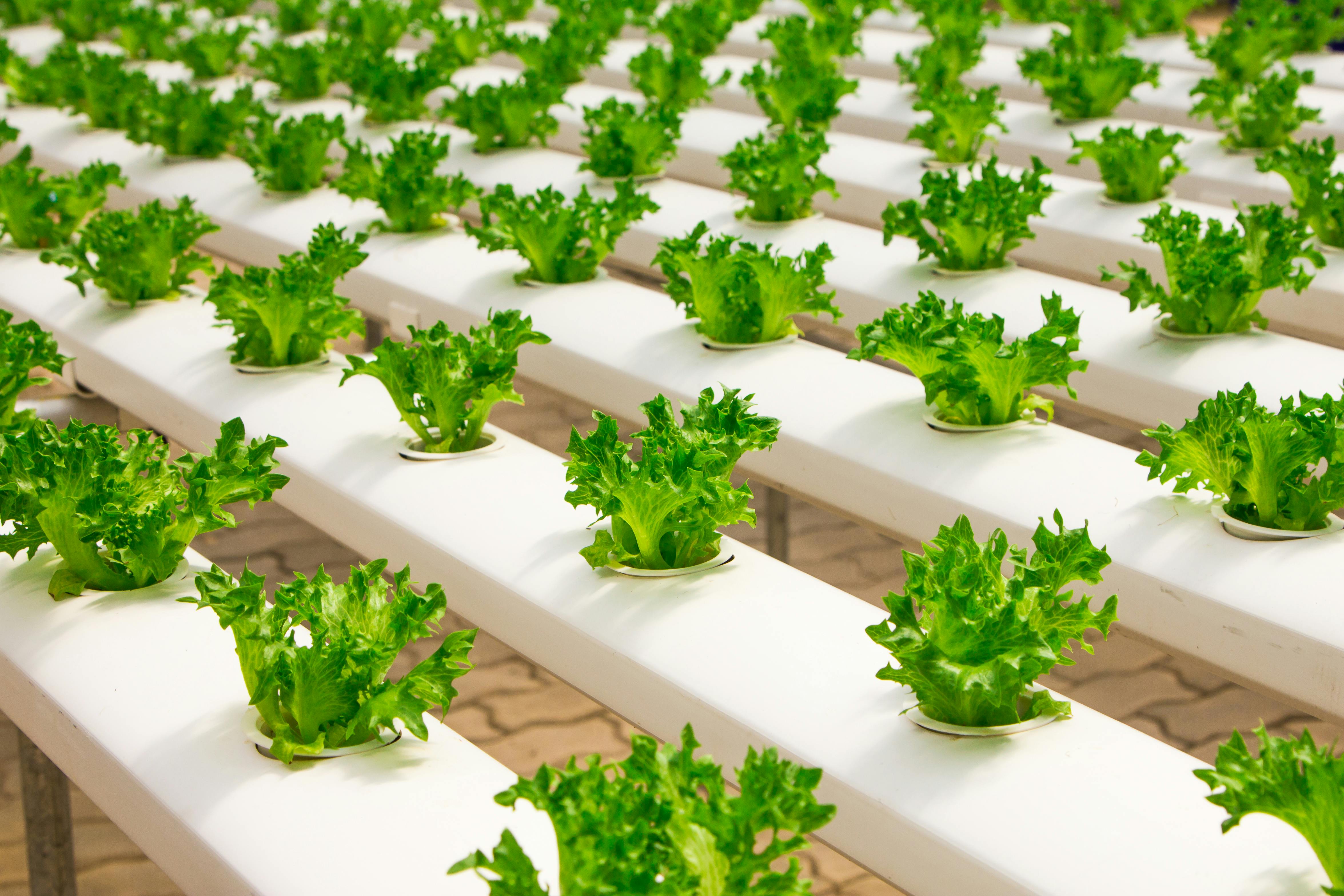Gardening can be a rewarding and enjoyable experience, but it can also be challenging. Growing corn in the garden is no exception. While corn is a relatively easy crop to grow, it does require some special care and attention in order for it to thrive. Depending on the variety of corn you are growing, there are some specific requirements for soil fertility, water, weed control, and other factors that must be met in order for your corn plants to produce a healthy harvest. With the right preparation and care, however, you can successfully grow corn in your garden with little difficulty.Understanding the growing conditions for corn is essential for successful corn production. Corn requires full sunlight and warm temperatures, ideally between 65 and 95 degrees Fahrenheit. The soil should be well-draining and have a pH level of 6.0-6.8. Corn needs plenty of nitrogen, phosphorus, and potassium fertilizers to grow, as well as adequate water throughout the growing season. Additionally, corn should be planted in blocks rather than in a single row to ensure proper pollination. Finally, it is important to rotate corn crops with other plants to prevent disease and nutrient depletion in the soil.
The Climate Necessary for Growing Corn
Corn is one of the most popular and widely grown cereal crops in the world. It is an important food source for humans and livestock. To grow corn successfully, a certain climate is necessary. Generally, corn requires a warm, sunny climate with adequate rainfall or irrigation to provide moisture during the growing season. A minimum temperature of 10°C (50°F) is required for germination, with optimum temperatures ranging from 21-29°C (70-85°F). Corn does not tolerate frost and will die if exposed to
Preparing the Soil for Planting Corn
Preparing the soil for planting corn is an important part of the process. Proper preparation helps to ensure a successful crop and can help reduce the risk of disease and pests. The soil should be tilled to a depth of 8 to 10 inches, removing any rocks or debris that may be present. After tilling, compost or manure can be added to the soil to enrich it and help promote healthy plant growth. The soil should also be tested for pH levels and nutrient content, as these factors can affect how well the seeds
Choosing the Right Variety of Corn to Grow
Choosing the right variety of corn to grow can be a daunting task, especially for beginner gardeners. There are many different types of corn available, each with its own unique characteristics and advantages. It is important to consider the size and growing conditions of your garden when making your selection, as some varieties may not be suitable for certain conditions. Additionally, you should think about the type of product you would like to produce, such as sweet or popcorn types, or varieties that are used for animal feed or ornamental purposes.
https://images.pexels.com/photos/1414651/pexels-photo-1414651.jpeg
Sowing and Spacing Requirements for Corn Seeds
Planting corn requires careful consideration of several factors, including sowing and spacing requirements. For a successful yield, the optimal sowing rate and spacing of corn seeds should be taken into account. The sowing rate is the number of seeds per acre that must be planted to ensure a good harvest. This rate is usually determined by the size and type of seed being planted. Generally, larger seeds require fewer seed per acre while smaller seeds require more. The optimal spacing between each seed also needs to be considered for successful germination

Fertilizing Requirements for Corn Plants
Fertilizing corn plants is an important part of their growth and development. Corn requires a balanced fertilizer that contains nitrogen, phosphorus, and potassium, as well as other trace minerals. The amount of fertilizer needed will depend on the type of soil that the corn is growing in, as well as the age of the plant. Generally speaking, young corn plants should receive a light application of fertilizer every four to six weeks during the growing season. Mature plants should be fertilized every two to three months. It is important to remember
Tracking Corn Plant Growth and Development
Corn plants are among the most important crops in the world, providing food for both human and animal consumption. As such, it is important to track their growth and development over time to ensure that they are producing high-quality yields. This can be done by monitoring several factors, including the height of the plants, their leaf area, and their flowering stage. Additionally, understanding the water needs of corn plants at different stages of growth is essential for successful cultivation.
Height is a key factor in tracking corn plant growth
Controlling Weeds
Weeds can be a major problem for corn gardens, competing with the corn plants for water, light, and nutrients. To keep weeds from taking over, it is important to practice good weed control. Hand weeding is the most effective method of removing existing weeds. Mulching with organic materials such as straw or newspaper can prevent new weed seeds from germinating. You can also use pre-emergent herbicides to prevent weeds from germinating in the first place.
Cont

Conclusion
Growing corn in a home garden can be a rewarding experience. It takes time, patience and the right conditions to ensure successful harvests. The correct soil pH and fertility, adequate water and nutrients, and good weed control are all essential to successful gardening. It is also important to choose the right varieties of corn that will thrive in your local climate and soil conditions. With the right preparation and care, you can have a successful corn crop in your garden.
Overall, growing corn in a home garden is not an easy task but with dedication
